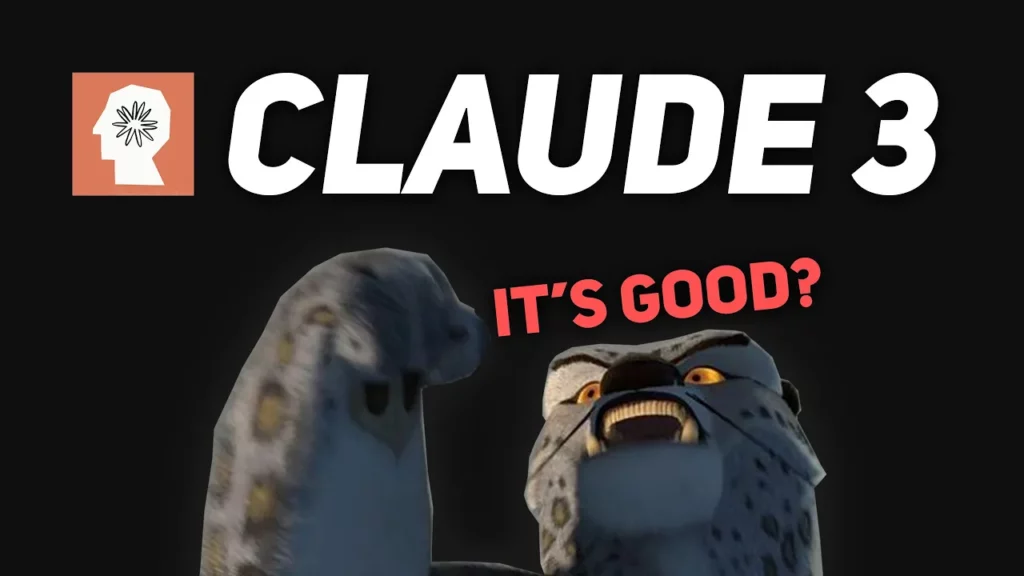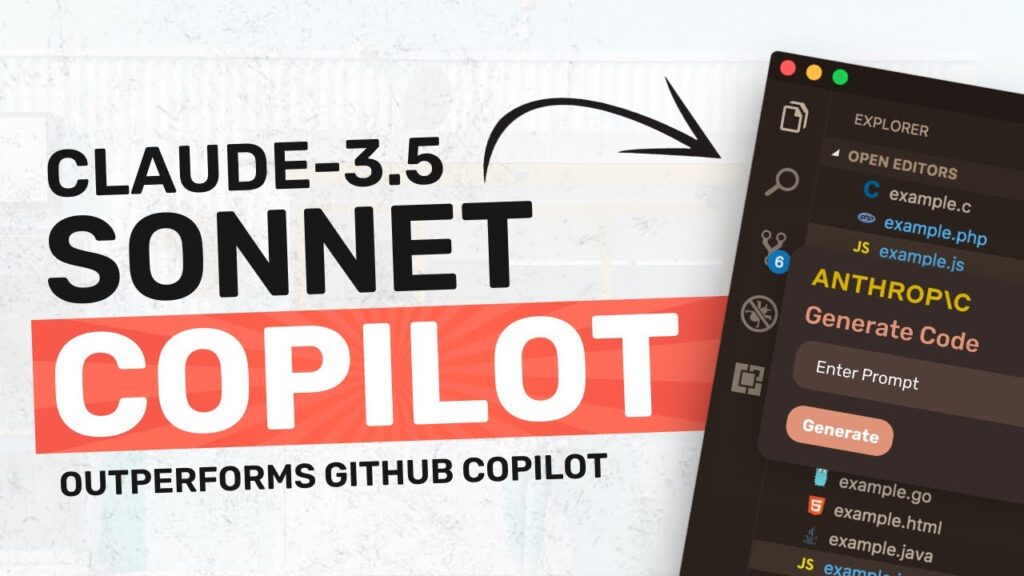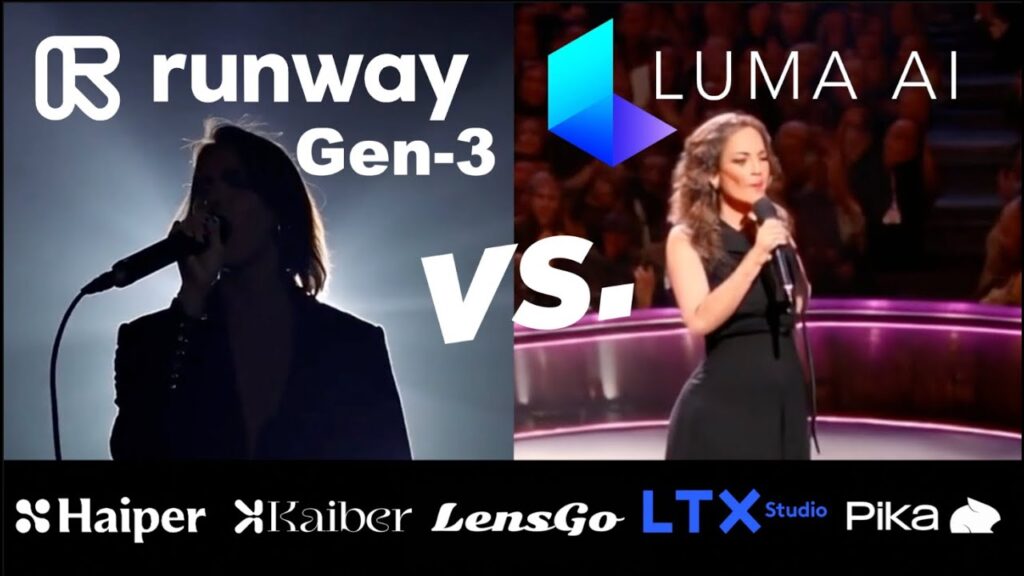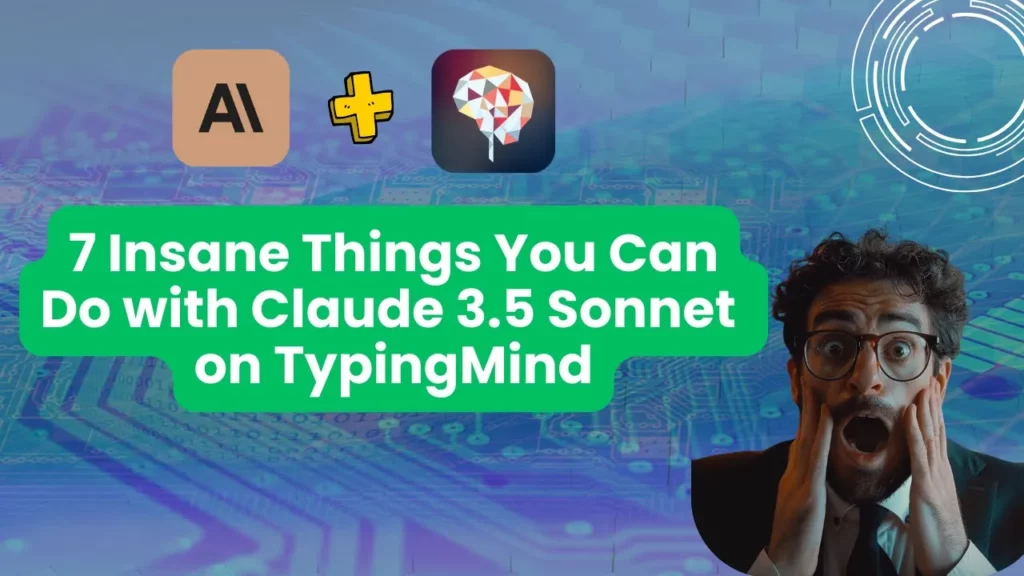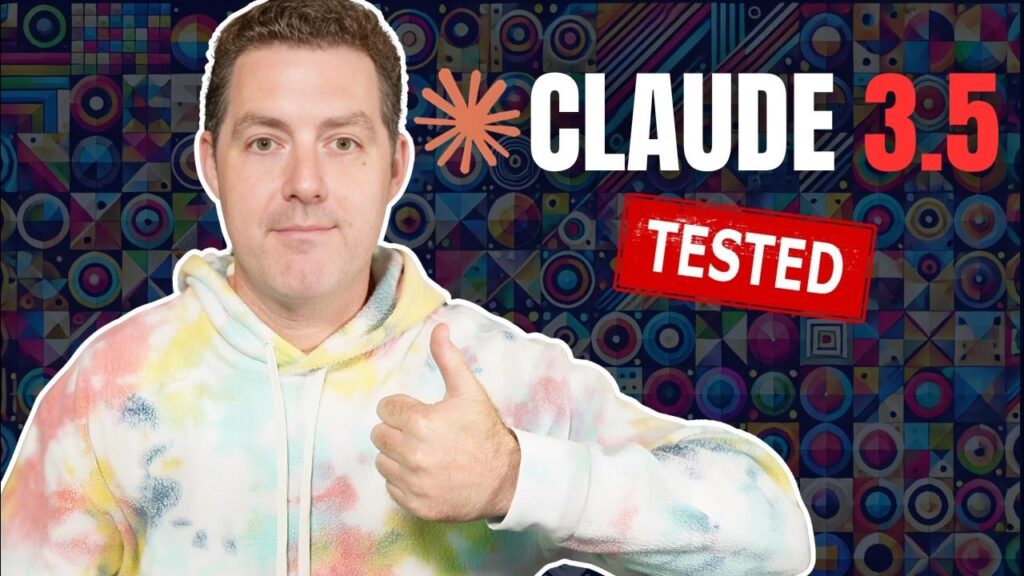When it comes to large language models, the debate between Claw-free and GPT-4 is gaining traction. Claw-free, touted as a potential competitor to GPT-4, has been put to the test in various scenarios to determine its usability and effectiveness compared to the reigning king of language models.
In a thorough comparison, it becomes clear that Claw-free shines in specific use cases such as image prompts and idea generation. One of the standout points is Claw-free’s exceptional performance in processing image prompts, providing accurate and detailed outputs that surpass GPT-4 in this aspect. The model’s multimodal approach sets it apart, making it a preferred choice for tasks heavily reliant on visual context.
Moreover, Claw-free proves itself in brainstorming and idea generation tasks, showcasing its strength in prompt improvement and creative writing. While the model may have limitations in certain areas, such as persona modeling prompts, its overall performance in powering content creation workflows and facilitating innovative thinking is commendable.
For users looking to leverage large language models for specific tasks, the decision between Claw-free and GPT-4 boils down to individual preferences and use cases. Claw-free’s unique abilities in handling image prompts and facilitating idea generation make it a compelling choice for those seeking a versatile and powerful tool.
As the competition between Claw-free and GPT-4 continues, exploring both models in various use cases can provide valuable insights into their respective strengths and weaknesses. Ultimately, the choice between these models may depend on the specific requirements of the user and the tasks at hand.
In a landscape where language models play a crucial role in various applications, the emergence of Claw-free as a strong contender to GPT-4 signifies the evolving dynamics of AI technology. By understanding the strengths of each model and choosing the right tool for the job, users can maximize the capabilities of these advanced language models for enhanced productivity and innovation.



